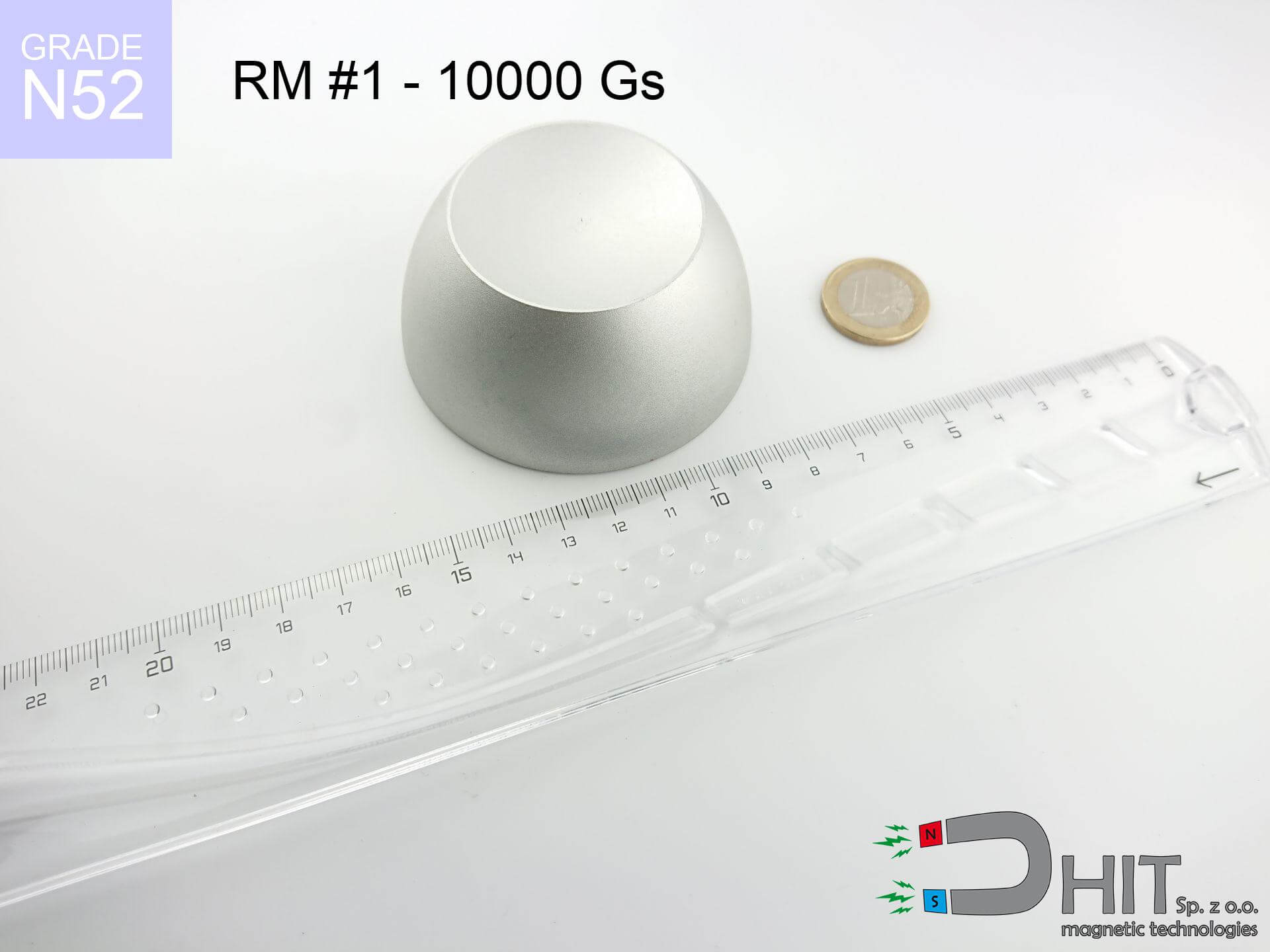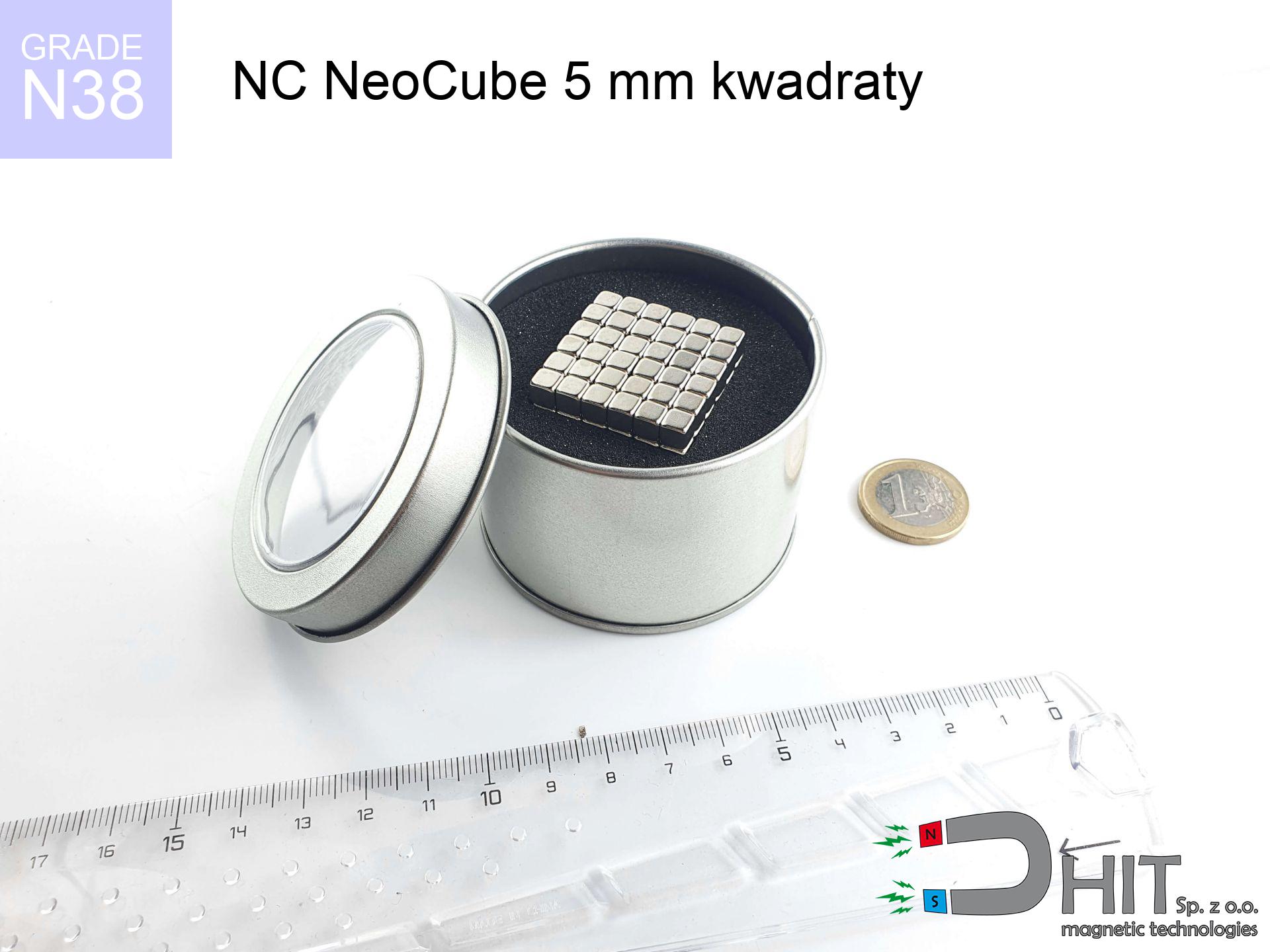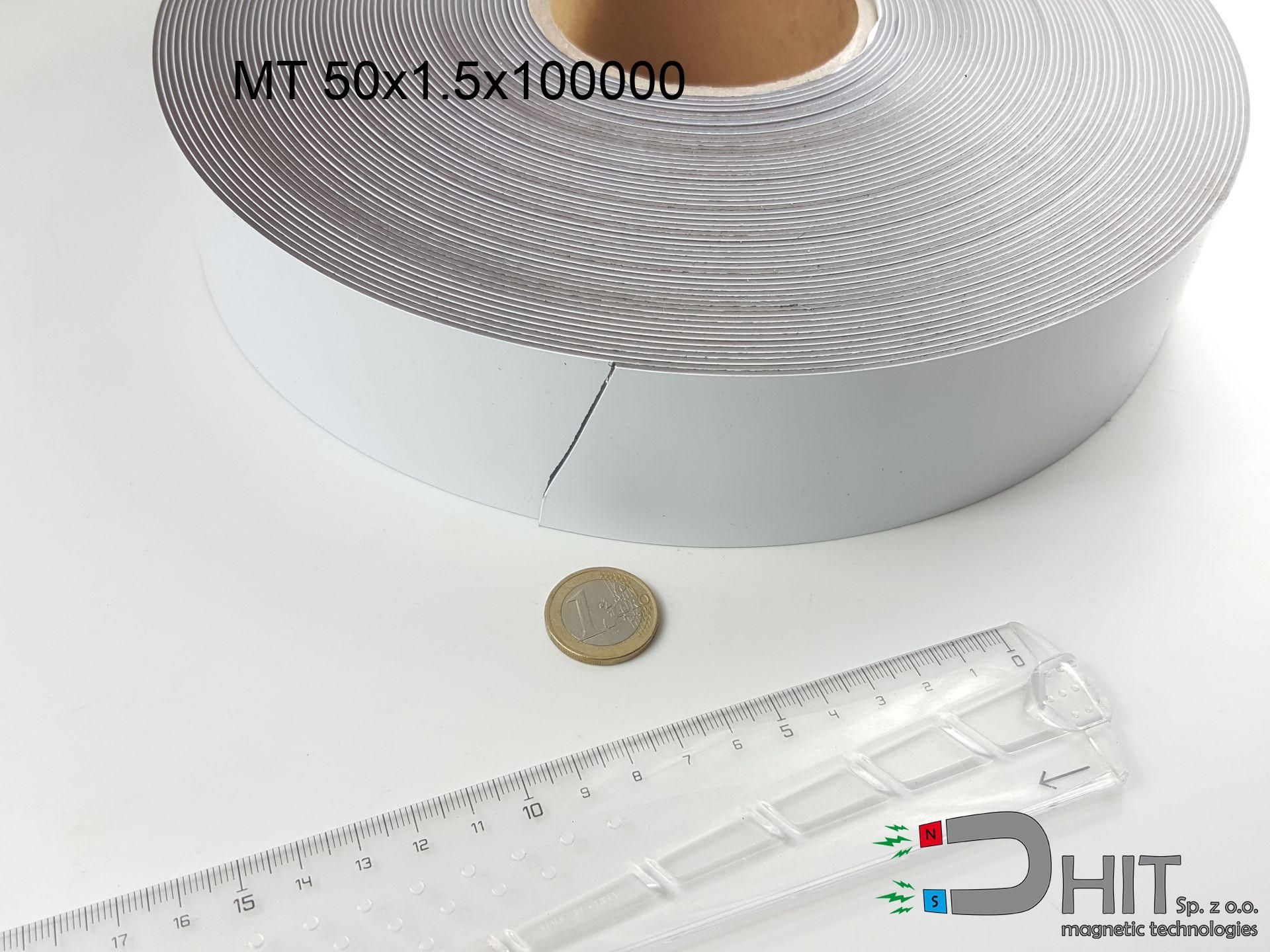RM R1 - 10000 Gs / N52 - magnetic distributor
magnetic distributor
Catalog no 280251
GTIN: 5906301814429
Weight
0.01 g
Magnetization Direction
↑ axial
Coating
[NiCuNi] nickel
141.45 ZŁ with VAT / pcs + price for transport
115.00 ZŁ net + 23% VAT / pcs
bulk discounts:
Need more?Need help making a decision?
Pick up the phone and ask
+48 888 99 98 98
otherwise get in touch using
request form
our website.
Lifting power along with shape of a neodymium magnet can be calculated with our
online calculation tool.
Orders placed before 14:00 will be shipped the same business day.
Magnetic properties of material N52
Physical properties of sintered neodymium magnets Nd2Fe14B at 20°C
Shopping tips
Advantages and disadvantages of rare earth magnets.
Apart from their notable magnetic energy, neodymium magnets have these key benefits:
- They retain magnetic properties for almost ten years – the drop is just ~1% (in theory),
- Magnets very well resist against demagnetization caused by foreign field sources,
- A magnet with a smooth gold surface has an effective appearance,
- Neodymium magnets ensure maximum magnetic induction on a small surface, which allows for strong attraction,
- Made from properly selected components, these magnets show impressive resistance to high heat, enabling them to function (depending on their form) at temperatures up to 230°C and above...
- Thanks to freedom in forming and the capacity to modify to complex applications,
- Universal use in innovative solutions – they are used in hard drives, electric motors, medical equipment, and modern systems.
- Relatively small size with high pulling force – neodymium magnets offer strong magnetic field in tiny dimensions, which enables their usage in compact constructions
Problematic aspects of neodymium magnets and ways of using them
- To avoid cracks upon strong impacts, we suggest using special steel housings. Such a solution secures the magnet and simultaneously improves its durability.
- We warn that neodymium magnets can lose their strength at high temperatures. To prevent this, we advise our specialized [AH] magnets, which work effectively even at 230°C.
- Magnets exposed to a humid environment can rust. Therefore during using outdoors, we suggest using water-impermeable magnets made of rubber, plastic or other material protecting against moisture
- We recommend casing - magnetic holder, due to difficulties in producing nuts inside the magnet and complicated forms.
- Health risk resulting from small fragments of magnets pose a threat, in case of ingestion, which becomes key in the aspect of protecting the youngest. Additionally, small components of these products are able to complicate diagnosis medical in case of swallowing.
- Due to complex production process, their price is relatively high,
Detachment force of the magnet in optimal conditions – what affects it?
The force parameter is a measurement result conducted under standard conditions:
- using a plate made of high-permeability steel, functioning as a magnetic yoke
- with a thickness minimum 10 mm
- with a surface perfectly flat
- under conditions of no distance (metal-to-metal)
- for force applied at a right angle (pull-off, not shear)
- at ambient temperature room level
Key elements affecting lifting force
Please note that the application force will differ depending on the following factors, in order of importance:
- Clearance – existence of any layer (rust, tape, air) interrupts the magnetic circuit, which reduces capacity steeply (even by 50% at 0.5 mm).
- Angle of force application – maximum parameter is available only during perpendicular pulling. The shear force of the magnet along the plate is typically several times smaller (approx. 1/5 of the lifting capacity).
- Wall thickness – the thinner the sheet, the weaker the hold. Part of the magnetic field penetrates through instead of converting into lifting capacity.
- Chemical composition of the base – mild steel attracts best. Alloy steels decrease magnetic properties and holding force.
- Smoothness – full contact is obtained only on smooth steel. Rough texture create air cushions, weakening the magnet.
- Temperature influence – hot environment weakens pulling force. Exceeding the limit temperature can permanently damage the magnet.
* Lifting capacity testing was performed on a smooth plate of suitable thickness, under perpendicular forces, whereas under parallel forces the holding force is lower. Moreover, even a small distance {between} the magnet and the plate reduces the holding force.
Safe handling of NdFeB magnets
Medical interference
Health Alert: Neodymium magnets can turn off heart devices and defibrillators. Do not approach if you have electronic implants.
Finger safety
Protect your hands. Two large magnets will snap together instantly with a force of massive weight, destroying everything in their path. Exercise extreme caution!
Safe operation
Handle magnets with awareness. Their powerful strength can surprise even experienced users. Be vigilant and respect their force.
Cards and drives
Do not bring magnets near a purse, laptop, or screen. The magnetic field can irreversibly ruin these devices and wipe information from cards.
Beware of splinters
Neodymium magnets are sintered ceramics, which means they are prone to chipping. Impact of two magnets will cause them cracking into small pieces.
Skin irritation risks
It is widely known that nickel (standard magnet coating) is a strong allergen. If you have an allergy, refrain from direct skin contact and choose coated magnets.
Operating temperature
Monitor thermal conditions. Heating the magnet to high heat will ruin its magnetic structure and strength.
Dust explosion hazard
Dust produced during grinding of magnets is combustible. Avoid drilling into magnets unless you are an expert.
Impact on smartphones
An intense magnetic field interferes with the functioning of magnetometers in smartphones and navigation systems. Do not bring magnets near a smartphone to prevent damaging the sensors.
This is not a toy
Product intended for adults. Small elements pose a choking risk, causing serious injuries. Keep out of reach of kids and pets.
Caution!
Need more info? Read our article: Are neodymium magnets dangerous?



![UMGGW 66x8.5 [M8] GW / N38 - magnetic holder rubber internal thread UMGGW 66x8.5 [M8] GW / N38 - magnetic holder rubber internal thread](https://cdn3.dhit.pl/graphics/products/umg-66x8.5-m6-gw-wud.jpg)




